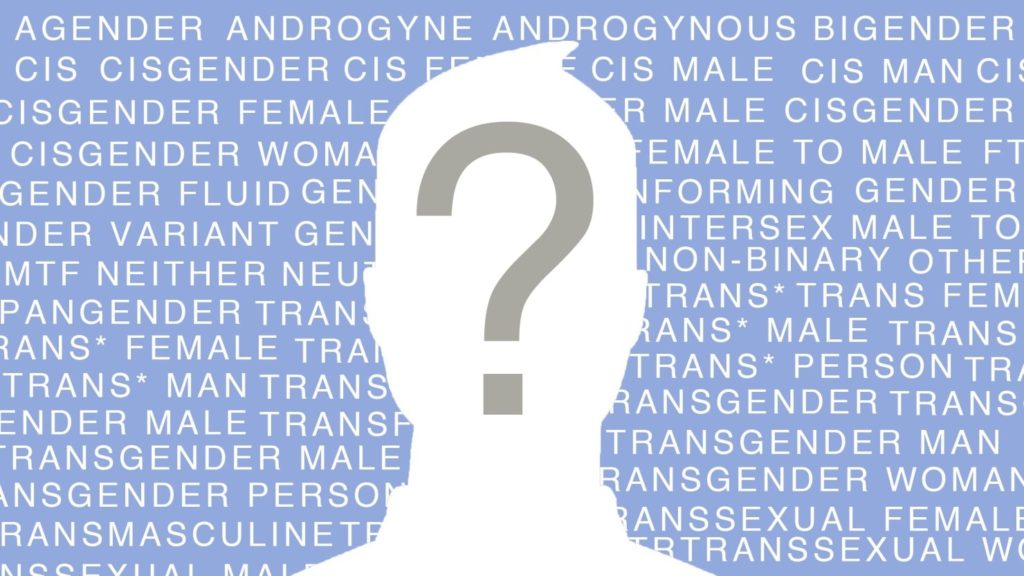
Labels and terminologies emerge out of a specific socio-political context, and not out of a vacuum. These terminologies have the ability to empower historians and the consumers of history; whether to claim (or reclaim) the past on one’s own terms, or to accurately represent an often marginalized history, our choices of terminology are personal and political. Given the social, cultural and political contexts from which these terminologies have emerged, fitting these into the contemporary scenario has invariably led to tensions and of course, the various terminologies used for the queer community are no exception to this- the terminologies have emerged out of struggles against the heterosexual socio-familial system. Scholars like Claire Hayward and John D’Emilio have argued these struggles are historically produced, and we risk doing damage to the particularity of historical experience if we try to apply them throughout time. Yet, the use of the terms evolved in the past is essential to try and find a common ground with the struggles of the community in the past- to seek legitimacy as well as inspiration from them.
The term ‘queer’ itself is a living embodiment of the struggles the community has faced in varying degrees across different spatial and temporal contexts. The term, literally meaning ‘odd’, has been traditionally seen in a negative light, as denoting social and by extension, moral transgression. Over the years, the community has reclaimed the term, to denote a sense of freedom from social constraints, and anachronistically, from specific labels. Yet, the term itself cannot be rid of stigma and for many still, it is considered a slur. Therefore, there arises a need for an elastic term, or rather a spectrum of terms, sharing commonalities, yet having distinct markers of their own, which allow room for incorporation of identities- the LGBTQ+ offers sufficient room for this.

Yet, another problem arises here- the terms under the LGBTQ+ arose from the West, and the use of the terms worldwide poses the risk of generalisation of queer history across space and time- given the degree of acceptance has varied across cultures over the time. While the risk of generalisation always looms when trying to forge solidarity based on identity across boundaries, it is important to note that the various terms have been tailored to the social realities of a particular place and time, keeping in mind the perceptions of the various societies on the queer community.
One of the ways to bridge the chasm between the pasts and the present of the queer community, as well as to bridge the gap across spatial contexts has been through the means of translations. However, translations pose a number of problems as well like the possible loss of meaning and context of a particular label or term. Also, a term may be considered to be offensive to a certain group of people in a specific cultural context. Further, being queer is illegal in many countries across the globe, and even in places where it is legal, there is severe ostracization and stigmatisation of the queer community and media representation of the community remains heavily censored, therefore, hindering the very process of translation, owing to safety reasons of the authors and translators. Alternatively, as BJ Epstein argues in relation to children’s literature, queer aspects of the texts can be erased to make them palatable to audiences in the host culture as well as beyond. The problems of translating transgender terminology given the linguistic gender binary of many languages is an area which is currently attracting interest, especially in Latin America and Southern Europe. Progress in this regard has been made, as within queer theory, inter-cultural approaches have been coming to the fore, especially through the notions of queer migrations and queer diasporas. Translation studies approaches, which have developed tools for discussing how ideas and texts travel beyond their cultures of origin, can contribute here to further understanding queer and LGBT+ worlds and how Anglophone terminology may be limited in use when discussing non-Anglophone situations.
It is very difficult, therefore, to evolve a common set of terms and labels to describe various gender identities and gender orientations, given that they cannot be divorced from their historical contexts, unless of course, they have been reclaimed to suit the contemporary socio-political context, like the term, queer. Further, it is essential to point out that the present-day terms used are bound to give way to newer terms and labels which the future generations may consider to be more suitable for their time, maybe through changes in popular culture or perhaps through academic/scientific interventions. Even in the contemporary scenario, a number of terms used earlier, have fallen into disfavour owing to the connotations attached to them- like the term homosexual, The term may perpetuate negative stereotypes because of its historical associations with pathology and criminal behaviour, and also it is ambiguous in reference because it is often assumed to refer exclusively to men-loving-men and thus renders sexual orientations and gender identities invisible. As much as it is desirable to divorce history from these terminologies, it is simply not possible.

At the end, therefore, the question arises whether at all any labels or distinct markers as such are required to describe something as diverse and unique as sexual orientation or gender identity, given the rigid connotations each of these have. The use of terms comes with certain descriptive indicators, certain distinct markers which gives rise to the potential of exclusion of a certain individual who may not conform to the rigid distinctions that the terms within the spectrum create. The significance of the term queer becomes relevant here. The community has also kept in mind the imageries associated and the discomfort the term ‘queer’ might create. Therefore the ‘+’ in the spectrum gives room to those who find themselves cornered within the community for not subscribing to a given label. However, what labels generate a sense of belongingness as well. Social psychologists Roy F. Baumeister and Mark R. Leary sought and found a large body of empirical evidence to support the following: “…human beings are fundamentally and pervasively motivated by a need to belong, that is, by a strong desire to form and maintain enduring personal attachments.” Labels give a sense of protection and affinity for many, to find people sharing common interests; to find maybe, a family that they never had.
For an extended gloss of the ‘woke words in vogue’ today, refer to the document attached below:
 Loading…
Loading…



